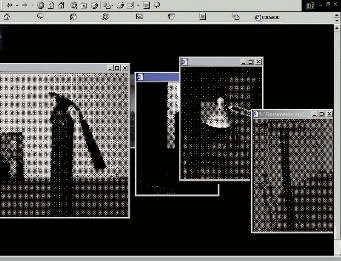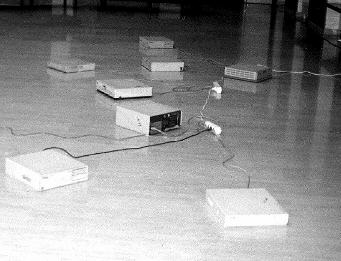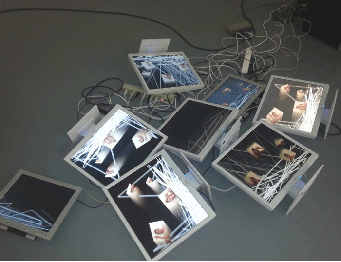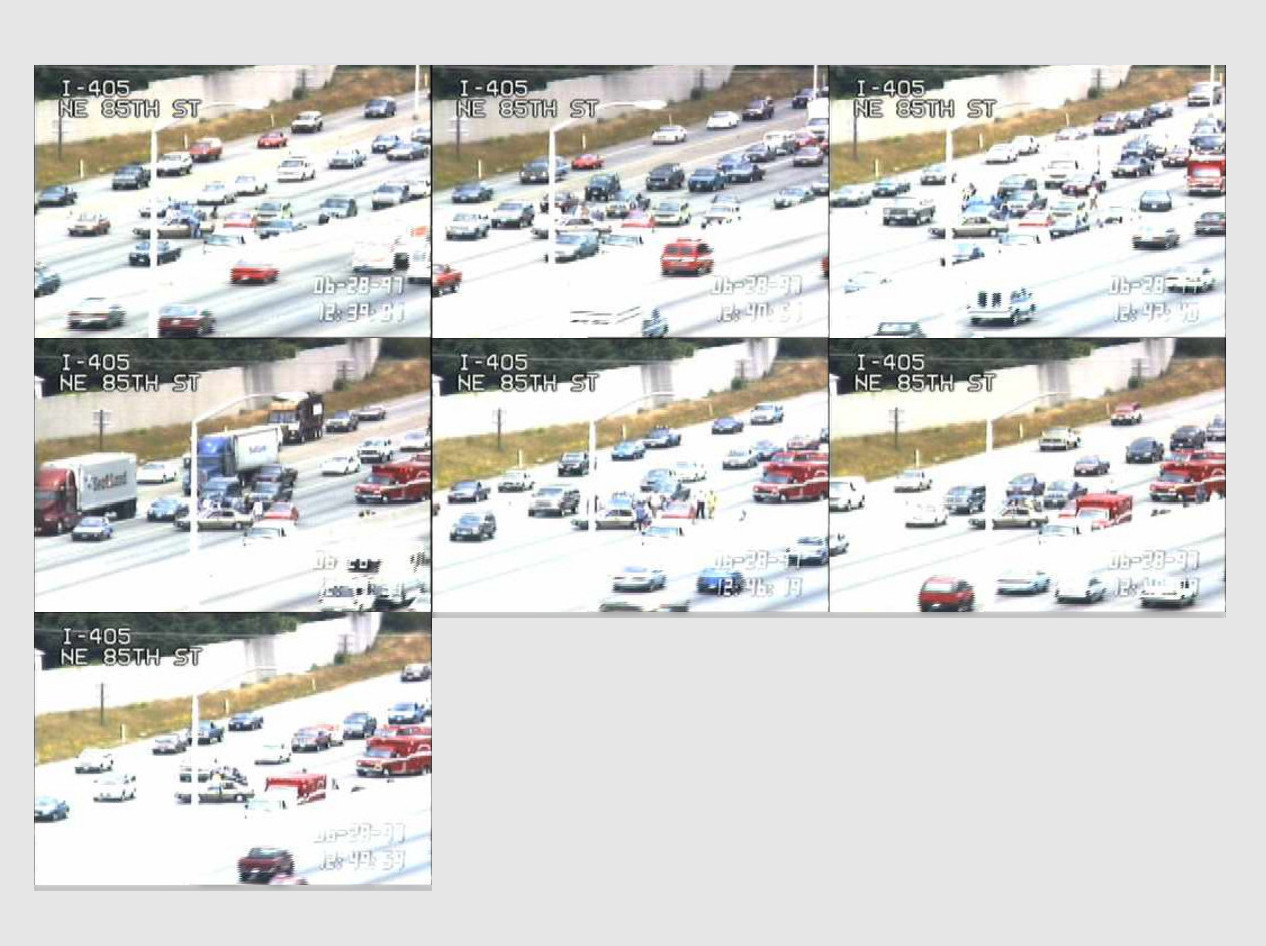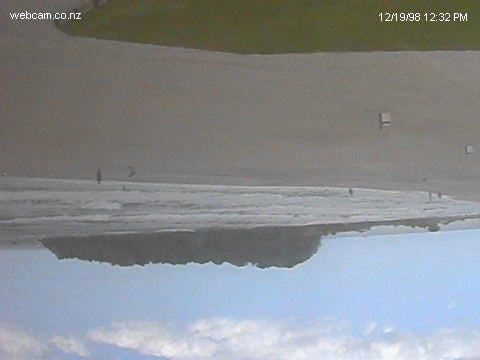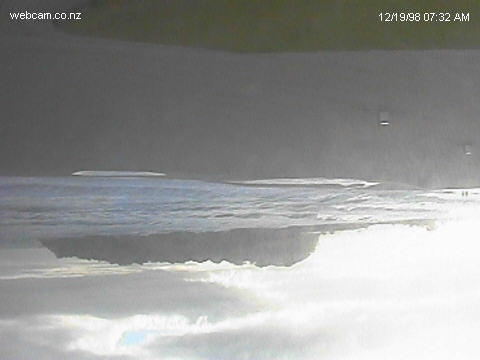|

The fourth state
(plasma) (Altavista/Panavision),
1997, lambda print, diasec, dibond,
60x130 cm

Horizon 6 (Altavista/Panavision), 1997,
lambda print, diasec, dibond,
70x150 cm 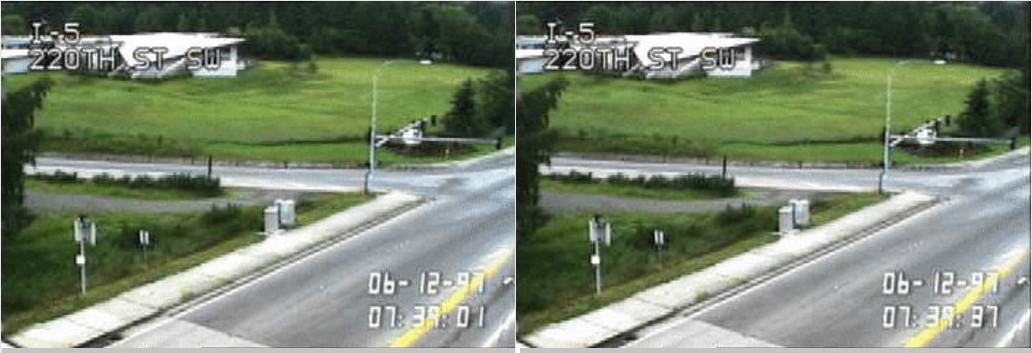
36 secondi (220TH ST SW 06-12-97 07:39:01-07:39:37)
(Altavista/sequenze), lambda print, diasec,
dibond,
70 x 200 cm (2 elementi)
|
from
Mario Costa, La disumanizzazione tecnologica,
Costa & Nolan, Milano 2007:
"It is the city
in transition from the technical to the technological era, the city as
described by Charles Baudelaire, Walt Whitman and Emile Verhaeren, the
city on which Benjamin, Siegfried Kracauer and Georg Simmel reflected. It
is the city that has produced the experience of shock and the
metropolitan sublime distinctive features of modernity. It is these huge
cities, the tangle of their innumerable relations that make photography
and film conscious of their physiology at the very moment they reveal
their own. But photography and film, the old media images, are now
replaced by the new communication media. So we need to turn to
neo-technological aesthetic products and to the relationships that the new
media have now set up with towns and cities for a better understanding of
the new nature of both. [...] One of Maurizio Bologninis works, Altavista
(1997) replicated the Seattle police website, replacing the links to
cameras positioned in various neighborhoods all over the city with links
to other cameras located in cities across the world, producing a city that
was impossible but observable in real time [...].The city becomes
dematerialized, absorbed, swallowed up by the new technologies, and as
such no longer exists. These experiments on the one hand show evidence of
self-sufficiency, of the self-operating and self-reported nature of the
new technologies, but on the other hand they also confirm a notion of the
city as one of the territories of the general technologization of the
world. [...] The city of which we speak is the continuation of the
technological sublime onto the man-made plane; in other words, the old
metropolitan sublime fades away, becomes part of the technological sublime
and forms only one of its territories."
from Fred
Forest, Art et Internet, Editions Cercle d’Art, Paris 2008:
"Au moment où la notion de lieu géographique a du mal à
résister aux 'délocalizations', fragmentations ou disséminations tous azimuts des
repèrer physiques, Maurizio Bolognini pointe la perte cet élément pourtant constitutif de notre
identité. Avec Altavista, 1997, il s'agissait de répliquer le site web de la police de Seattle, en sostituant aux liens de web
caméras disséminées dans les différents quartiers de la ville
américaine d’autres connexions avec d’autres web caméras
placées en différents endroits de
différents villes du monde. Continuellement mises
à jour, les images donnent donc à voir la perte du lieu et la
dématérialisation de la ville post-modern, impossible
à vivre quoique parfaitement observables en temps
réel. Comme déjà Velasquez en son temps, les peintres avaient su dans le cadre
délimité du tableau restituer les diverses orientations et dimensions de l’espace et Internet constitue une nouvelle expression de ce lieu sans
lieu, au sein duquel l’espace et le temps sons soumis
à des
distorsions…"
|
